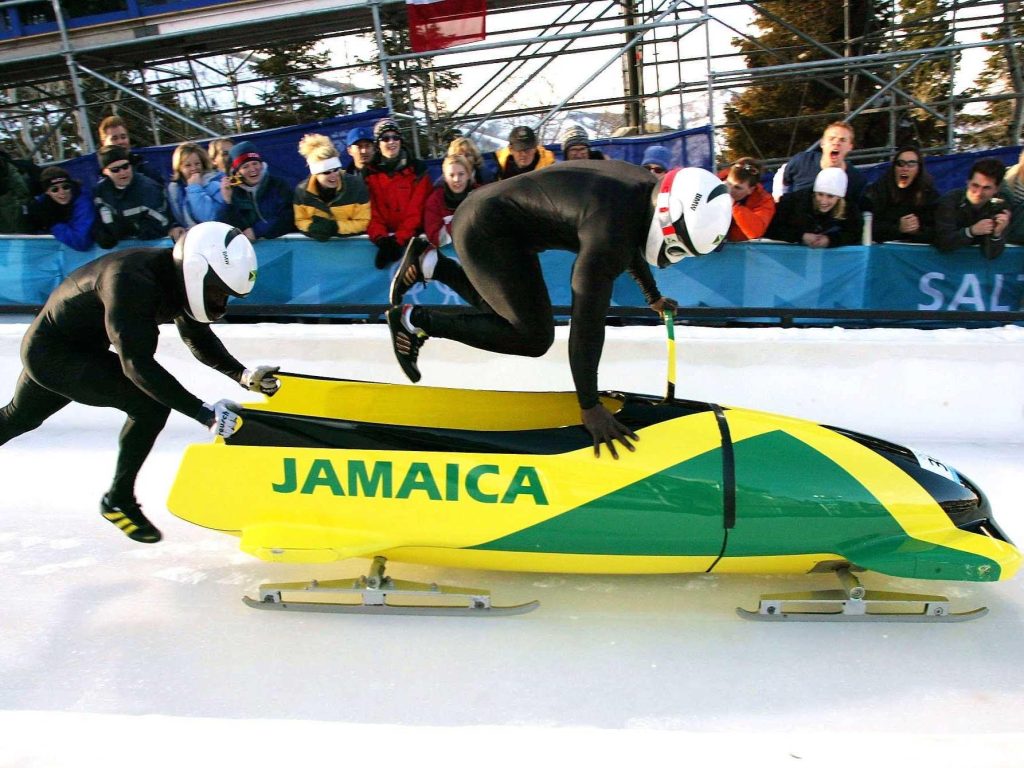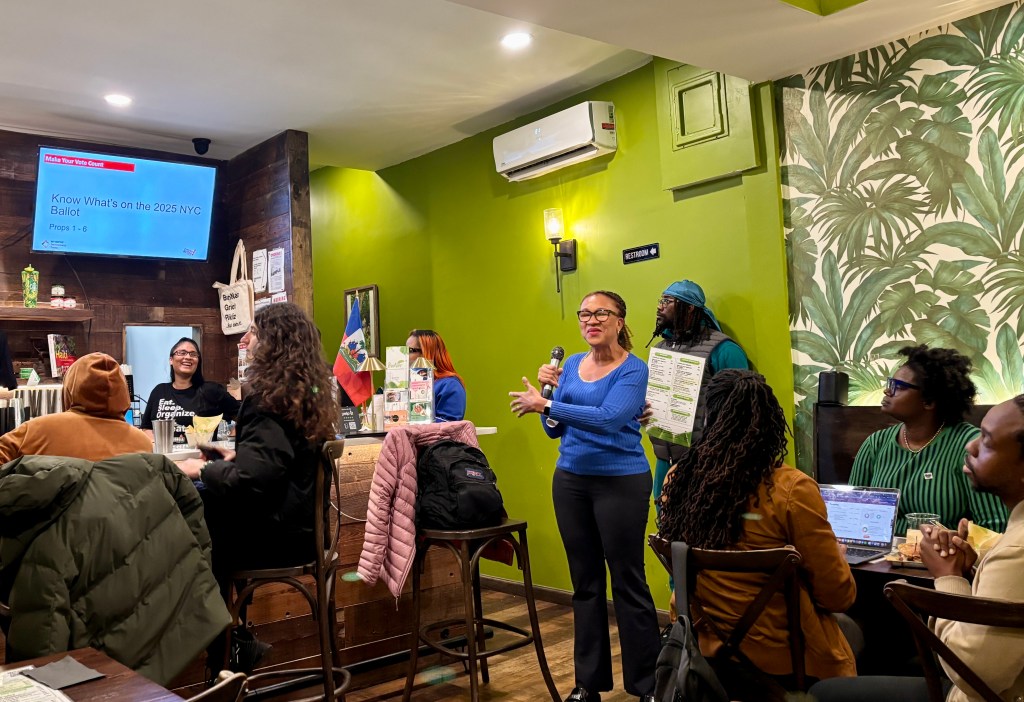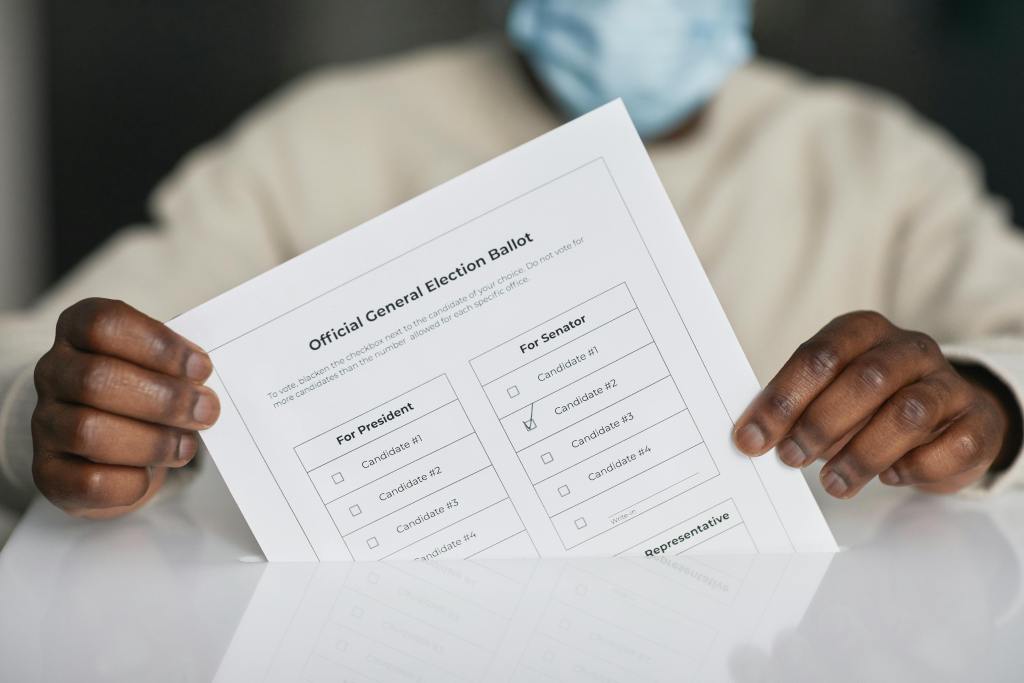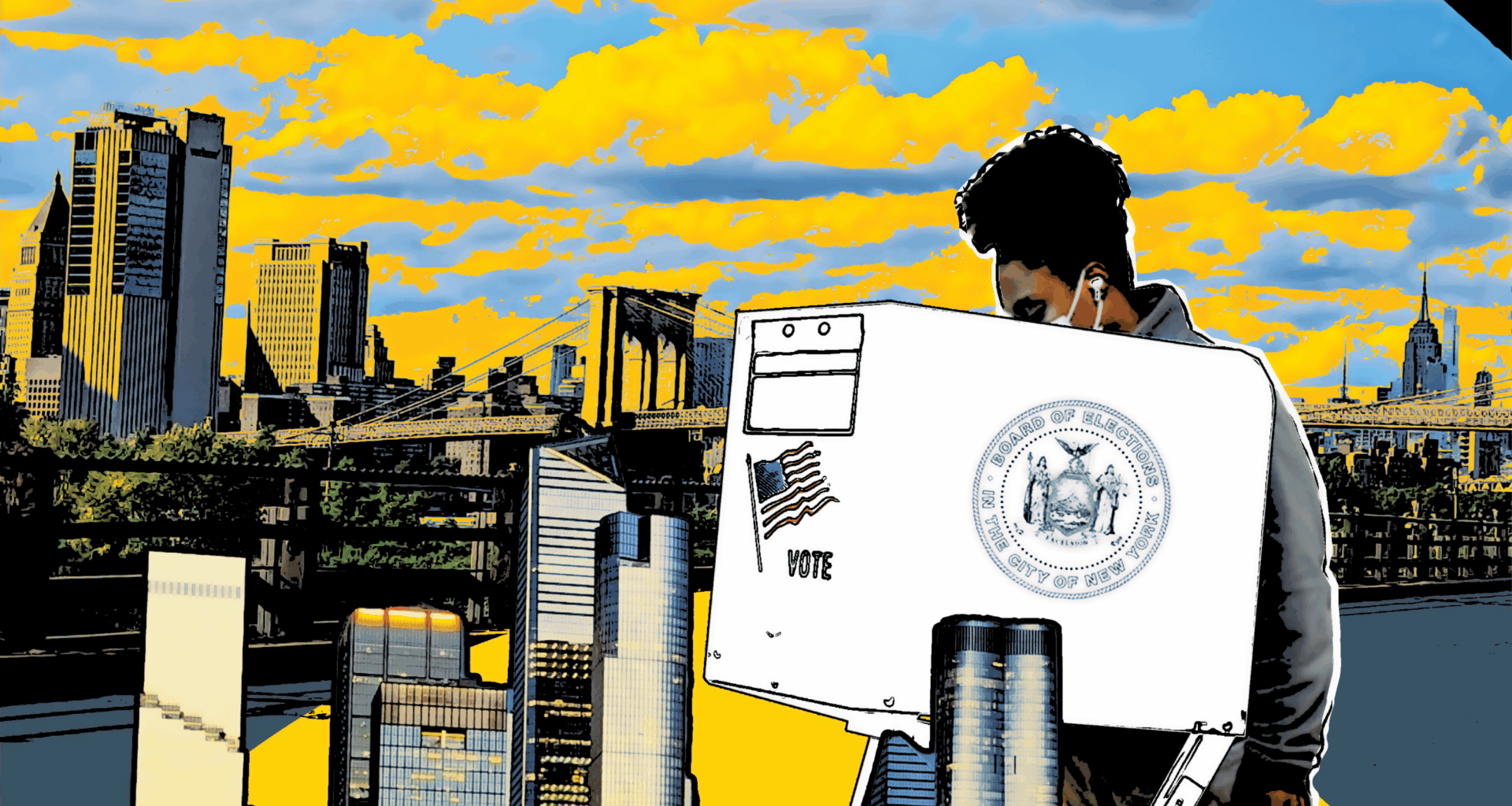New Yorkers have an opportunity to voice their opinions on six ballot proposals, some of which are hotly debated, that would change parts of the city and state’s constitution in 2025’s upcoming general election.
One of the ballot proposals focuses on a slightly less controversial statewide environmental issue. One is about digitizing a map for the city. In spite of massive backlash from the city’s progressive council members, the bulk of this year’s proposals are about housing production and land use, due to Mayor Eric Adams’s Charter Revision Commission (CRC), who has consistently branded himself as the “most pro-housing” mayor in city history. Since he abandoned his reelection campaign, the CRC’s ballot proposals would be among his last major contributions to the city’s framing.
Here’s what each ballot proposal says; some background information about each one; and a breakdown of the impact they might have, according to electeds and advocates.
The Adirondacks
The Adirondack region was actually central to the Black suffrage movement, according to the Adirondack Council: About 3,000 free Black men partnered with philanthropist Gerrit Smith in 1846 to buy 40 acres of land, securing the right to vote even with voter suppression laws embedded in the New York State constitution at that time. In more modern times, Brooklynite Dollie Lowther Robinson, a union labor organizer, fiercely defended the forest against developers by upholding the “Forever Wild” protections in 1967.
 2024 Olympic Jamaican bobsled team joined Jamaican youth from Brooklyn and Queens at Olympic Sports Complex. (PHOTO CREDIT: Contributed by Aaron Mair)
2024 Olympic Jamaican bobsled team joined Jamaican youth from Brooklyn and Queens at Olympic Sports Complex. (PHOTO CREDIT: Contributed by Aaron Mair)
Ballot Proposal 1: This is an amendment to the state constitution’s Forever Wild clause to allow for development on upstate forest preserve land to expand the Lake Placid Olympic Sports Complex, a 1,039-acre ski park at the base of Mount Van Hoevenberg in Essex County. About 300 wooded and wild acres of the reserve have to be developed to make the expansion happen. The proposal also requires that 2,500 acres of new forest land be added to offset the lost land.
“This park belongs to all New Yorkers,” said Aaron Mair, a long-time environmentalist and the former president of the Sierra Club’s board of directors in Schenectady, N.Y.
Mair is primarily concerned with making sure the nature reserve and sports complex remain accessible for Black, Brown, and indigenous communities throughout the state. He supports approving the ballot because the complex is outdated and in need of repair. In addition to worries about weakening environmental protections at the state level, some downstate elected officials believe that the construction on protected lands will hurt the land. Mair “respects and thanks” the officials who are vigilant about protecting the wilderness, but said there would be a “negligible” amount of runoff water and other impacts on the environment.
Housing
It’s well-documented that New York City has had a housing production issue and tremendous lack of affordable housing for decades. Predominantly Black, Brown, and immigrant communities have also largely been displaced or opted to move out of state all together because of skyrocketing housing costs, property taxes, and rents.
Whenever housing is built, it is not equally distributed across the city’s neighborhoods, even with land use changes and upzonings. Out of 59 Community Districts, 12 were considered “lower-density neighborhoods” in the last five years. These neighborhoods tended to have higher household incomes, were disproportionately white, and produced the lowest amount of affordable housing units, according to data from the New York University (NYU) Furman Center. Mayor Adams’s City of Yes zoning reforms, which state that each community district should shoulder the burden of a citywide housing crisis, aims to address this problem.
Many elected officials, and even staunch housing advocates, do agree that more affordable housing should be built citywide. However, City Council Speaker Adrienne Adams, council members, and a coalition of unions have slammed Adam’s ballot proposals 2, 3, and 4 as “misleading” voters.
Ballot Proposal 2: This proposal changes the city’s processes to “fast-track certain affordable housing projects” and speed up applications in 12 community districts that produce the least amount of affordable housing. It would keep the community board review and local borough president (BP) part of the Uniform Land Use Review Procedure (ULURP). The City Planning Commission (CPC) would have the final vote, not the local council member.
Ballot Proposal 3: This proposal aims to simplify the review process of “modest amounts” or “minor” infrastructure projects and climate resiliency projects through an Expedited Land Use Review Procedure (ELURP). For example, it sometimes takes years to go from a four-story to an eight-story building. This shortens the process to about 90 days.
This proposal would also have a community board review, but remove the council member’s vote for most projects and skip to the CPC for final decisions.
 Sigma Gamma Rho Sorority’s Brooklyn Alumnae chapter reviewed ballot measures before mayoral debate on Thursday, Oct. 16. (PHOTO CREDIT: Ariama C. Long)
Sigma Gamma Rho Sorority’s Brooklyn Alumnae chapter reviewed ballot measures before mayoral debate on Thursday, Oct. 16. (PHOTO CREDIT: Ariama C. Long)
Ballot Proposal 4: This proposal establishes an Affordable Housing Appeals Board with the council speaker, local BP, and mayor. It would allow the three-member board to reverse the City Council’s decisions on affordable housing projects with a vote.
“We’re building affordable housing — we just need to get to building it,” said Brooklyn Borough President Antonio Reynoso, a former council member in Williamsburg. “It’s what we need the most in the city — a city that is now becoming so polarized with the people that are extremely poor, or people that are extremely rich with a smaller middle class.” He is a part of the Vote “Yes” campaign for these particular housing ballots.
Reynoso had been a fairly critical voice of the City of Yes plan, testifying in the public hearings that zoning changes alone could never solve the housing crisis. He said that cutting down on the “bureaucracy” will help smaller homeowners make changes and additions to their homes more easily. He added that the unmitigated “pressure” that council members receive in regard to housing project votes is more easily why elected officials prioritize their political futures over the community. It’s “unacceptable” that certain districts and council members haven’t been motivated to build housing since the 1960s, said Reynoso.
“The work of building equitable, thriving communities starts with partnership between residents and their elected leaders,” said Councilmember Kevin Riley, who chairs the council’s Subcommittee on Zoning and Franchises. “From affordable housing to good union jobs, every win comes from community input that reflects the values of our neighborhoods. The mayor’s ballot proposals 2, 3, and 4 threaten to silence that voice and put all authority in the administration, sidelining our communities. We must protect transparency, accountability, and the right of every neighborhood to shape its future, because lasting progress happens when communities are empowered and the government listens.”
Others firmly opposed to these three ballots railed against the idea of taking out the local councilmember in the process as “undemocratic.” They also don’t trust that developers would deliver on rents remaining “affordable” or low-income in the housing units built, or generate housing units fit for families. If voted down, the development process stays subject to the current ULURP process, the mayor’s veto, and final decision by the City Council.
“In this moment, with our democratic institutions under attack by the federal government, New York City should not yield to the temptation of undermining our own participatory and democratic processes [in] pursuing the illusion of meeting our housing crisis,” said Ron Shiffman, a tenured professor at Pratt Institute’s School of Architecture.
 Person holds official election ballot. (PHOTO CREDIT: Photo by Edmond Dantès via Pexels.)
Person holds official election ballot. (PHOTO CREDIT: Photo by Edmond Dantès via Pexels.)
Ballot Proposal 5: This proposal would digitize paper maps and create a borough map office at the Department of City Planning (DCP) by January 1, 2028.
Even in 2025, the City Map that currently exists is an amalgamation of more than 8,000 individual paper maps maintained separately by each BP office. These paper maps “legally define” the city’s street lines and widths, street names, zonings, parks, and public places. The five boroughs became a city in 1898, but a unified City Map has technically never been adopted — regardless of the advent of something like … the internet.
According to the mayor’s CRC, the current outdated system adds to the lengthy review times and costs for developers looking to build housing projects. The City Map is needed to determine permits, density, and height of buildings in a neighborhood.
“We were looking to digitize them ourselves, [but] we understand that the city of New York doesn’t want to have any delays and believe that they can do a better job than the borough president at pushing these things through,” said Reynoso.
Other BPs, like Staten Island BP Vito J. Fossella, are opposed to the ballot proposal, criticizing the DCP for already being notoriously “overburdened,” “backlogged,” and “inaccurate,” and therefore unlikely to handle the additional responsibility of the maps.
Ballot Proposal 6: This ballot proposal is a state constitutional amendment and a citywide referendum that moves the city’s primary and general election dates to even-numbered years to match up with federal presidential elections on the ballot.
Currently, New York City holds elections for its mayor, comptroller, public advocate, and City Council offices in odd years. Statistically, voter turnout for these local races has been far lower compared to presidential elections. Other cities that pushed their local elections to even years, like Baltimore, saw a huge jump in voter turnout at the polls. Some election advocates reason that implementing even-year elections in New York City would have the same results, while others worry that the local races would be lost in national politics and voters would skip them on the ballot altogether.
“We know that New Yorkers do go to the polls in much, much higher numbers when the race for the White House is on the ballot,” said Grace Rauh, executive director of Citizens Union (CU). “We see three times as many New Yorkers turn out to vote in presidential elections than we do in mayoral ones, so moving local elections to the same time as presidential ones is not a crazy idea.”
In addition to higher voter turnout, even-year elections can have a draw on who votes and save the city money. The most recent CU 2025 elections report found that even-year elections could make the city’s voter base more diverse compared to odd-year elections that tend to draw an older, wealthier, and whiter pool of voters. Black, Hispanic, Asian, and generally younger voters tend to show up for presidential elections. The Independent Budget Office (IBO) also found that combining all the elections in even years would save roughly $42 million every two years.
“We believe democracy works best when everyone can participate,” said Ballot Initiative Strategy Center (BISC) Policy and Legal Advocacy Director Jennifer Parrish Taylor in a statement. “Moving New York City’s elections to even-numbered years has the potential to bring millions more voices into the process — especially Black, Brown, immigrant, and working-class New Yorkers who are often excluded by low-turnout, off-cycle elections. This reform could make city elections more inclusive and representative, aligning voting access with our values of equity and participation.”
Those opposed to the proposal argue that local elections and community issues would be drowned out by the change. Rauh acknowledges that there is some small “ballot dropoff,” where people don’t fill out the whole thing, but statistically, the rates in other cities didn’t outweigh the jump in voter participation.
Like this:
Like Loading…
Related

